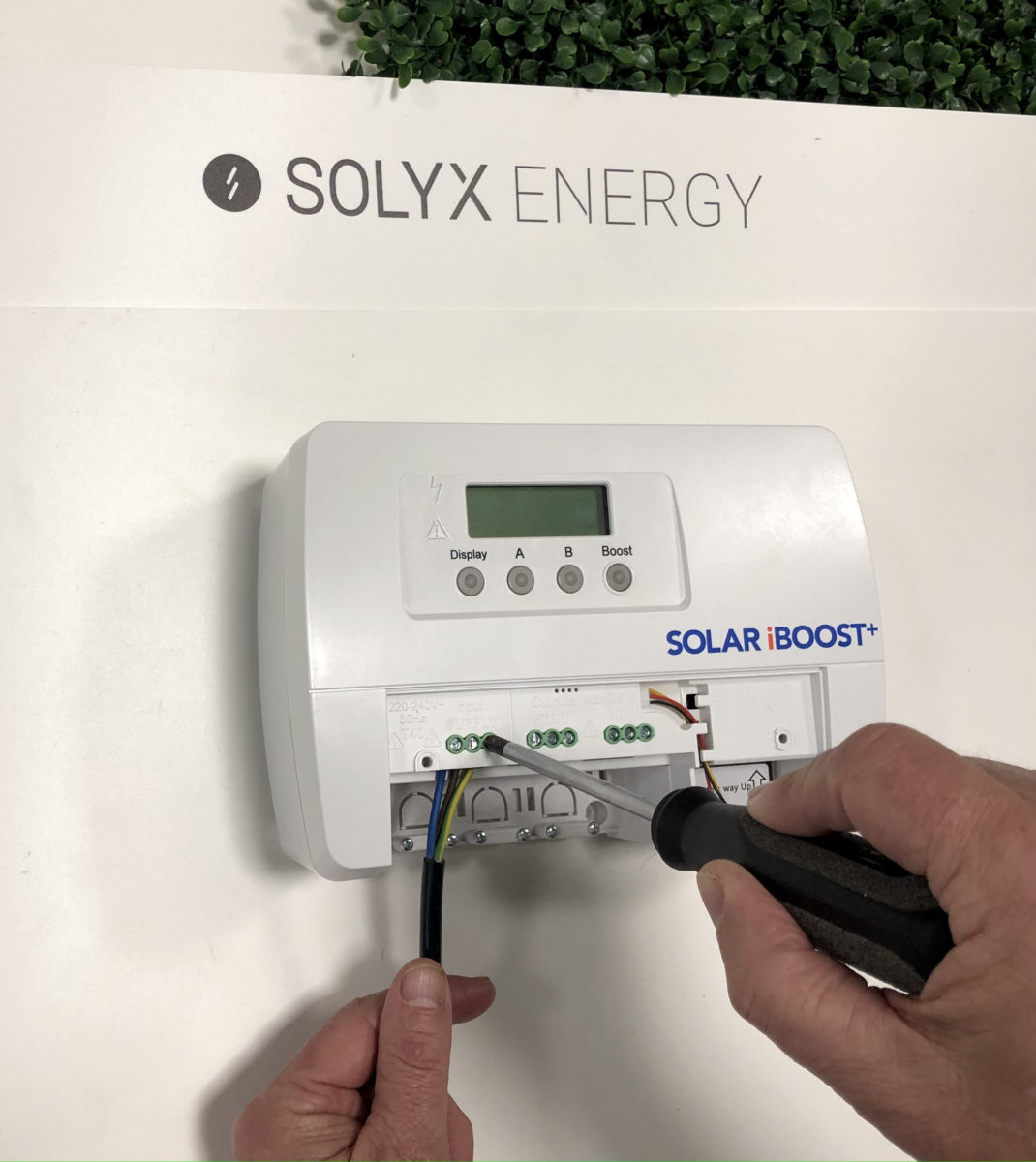https://solarquarter.com/2023/02/07/india-solar-energy-market-analysis-report-2023-cumulative-installed-solar-energy-capacity-increased-from-6-76-gw-in-2016-to-54-gw-in-2022/
India Solar Energy Market Analysis Report 2023: Cumulative Installed Solar Energy Capacity Increased from 6.76 GW in 2016 to 54 GW in 2022

Reading Time: 3 minutes
The “Solar Energy Market in India 2022-2027” report has been added to ResearchAndMarkets.com’s offering.
The cumulative installed solar energy capacity in the country increased from 6.76 GW in FY 2016 to 54.00 GW in FY 2022, expanding at a compound annual growth rate of 41.39%.
There has been a spurt in the demand for renewable energy since conventional electricity generation methods such as thermal power plants are getting exhausted. In India, solar power is one of the most popular renewable sources of energy.
The solar energy market is constantly expanding through efficient collaboration between the government and the private sector. In 2021, India achieved the fifth position in solar power deployment, globally. The Ministry of New and Renewable Energy (MNRE) regulates the market. Some of the major producers are Adani Power Limited, The Tata Power Company Limited, ReNew Energy Global Plc, and Torrent Power Limited.
Market insights:
Solar energy generation has become central to the National Action Plan on Climate Change. At present, most of the solar photovoltaic (PV) panel installations in India is done using crystalline silicon, which improves the power efficiency by about 22%. The National Solar Mission is one of the key initiatives to promote solar power expansion/generation.
Segment insights:
The solar energy market can be segmented based on grid connected solar applications and off-grid solar applications. The grid connected solar application segment holds the largest market share. Application-wise status of installations under the Off-grid and Decentralized Solar PV Applications Programme is comparatively much lower than grid connected applications.
Ministry of New and Renewable Energy (MNRE) has aimed to provide solar PV-based applications in areas where grid power is either not available or is unreliable, with the help of its Off-grid Solar PV Applications Programme.
COVID-19 impact analysis:
In India, demand for electricity dropped when a lockdown was imposed during the first wave of COVID-19, causing commercial and office spaces to stay closed. This adversely impacted the demand for solar power. The supply side was also negatively impacted as 85% of the migrant labor in solar parks returned to their villages during the lockdown.
With the easing of restrictions on movement, solar companies started procuring and setting up solar plants once again. The government also started promoting domestic solar products and introduced several policies to boost the solar energy market before and after the second wave of the pandemic.
Given the government’s efforts to revive the market considering the pandemic, solar energy along with other renewable resources may be dedicated to tackle climate change.






